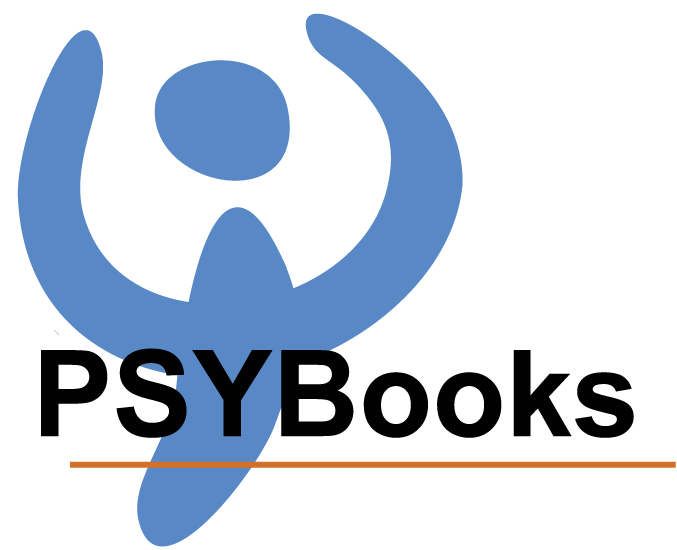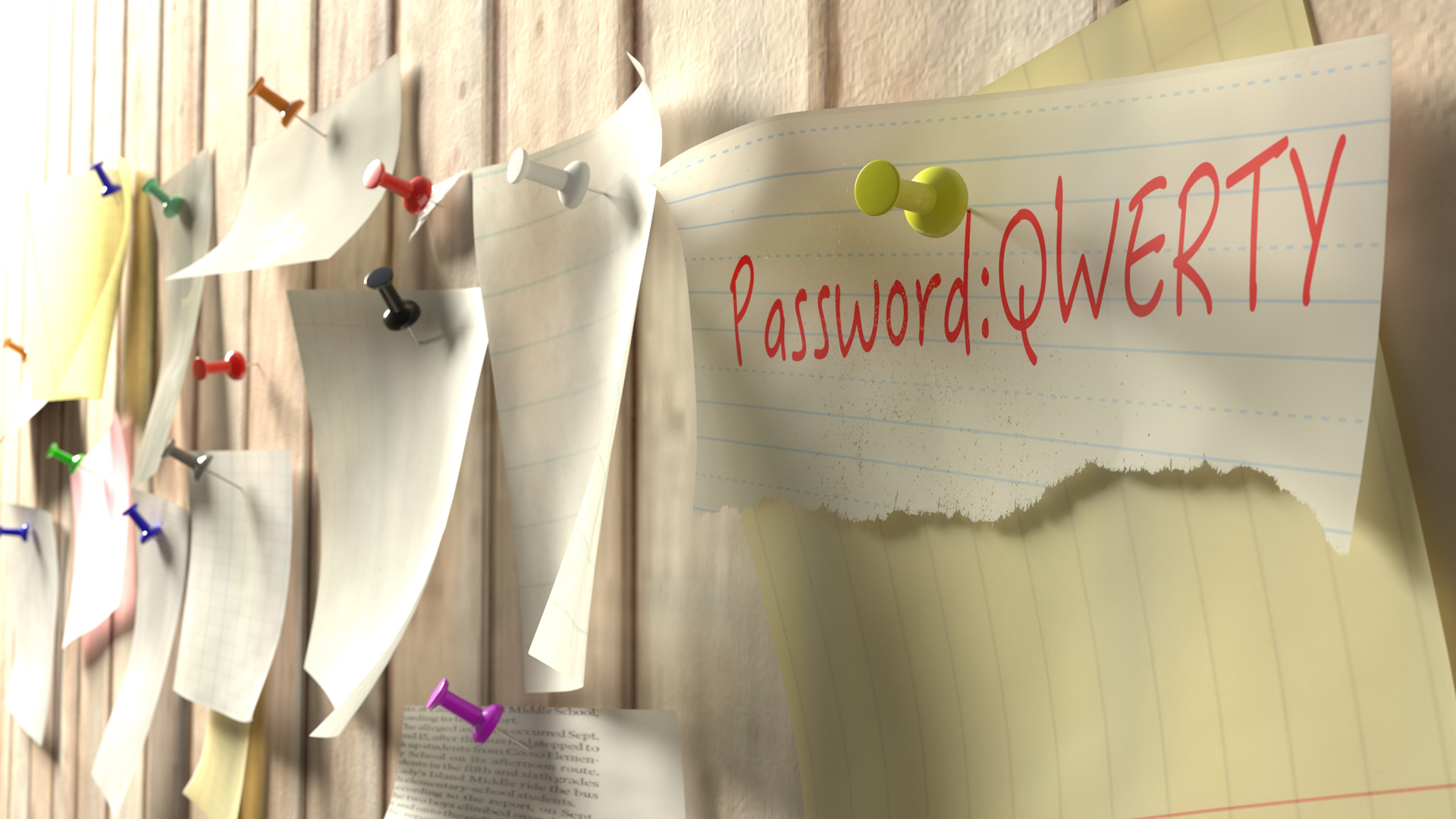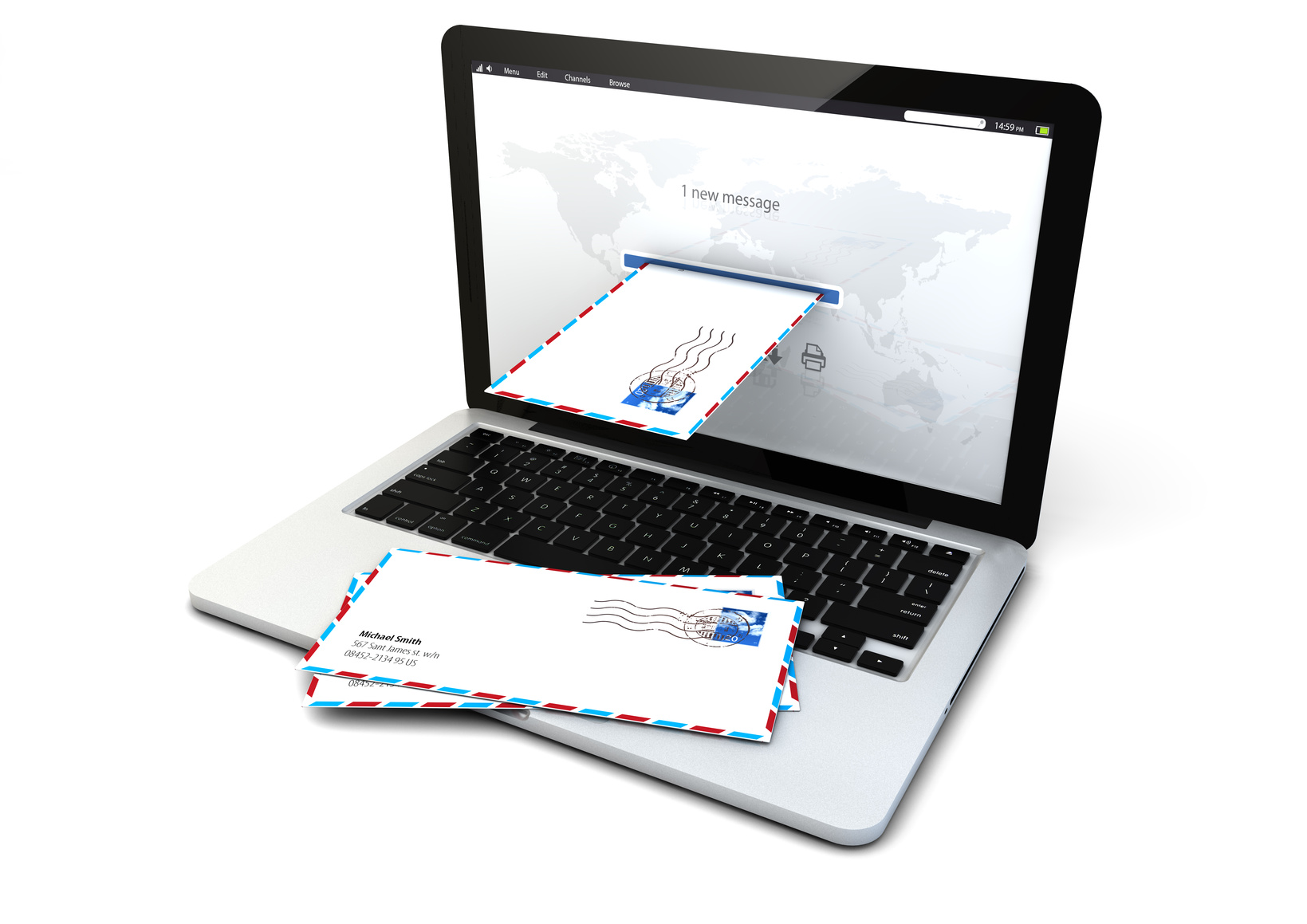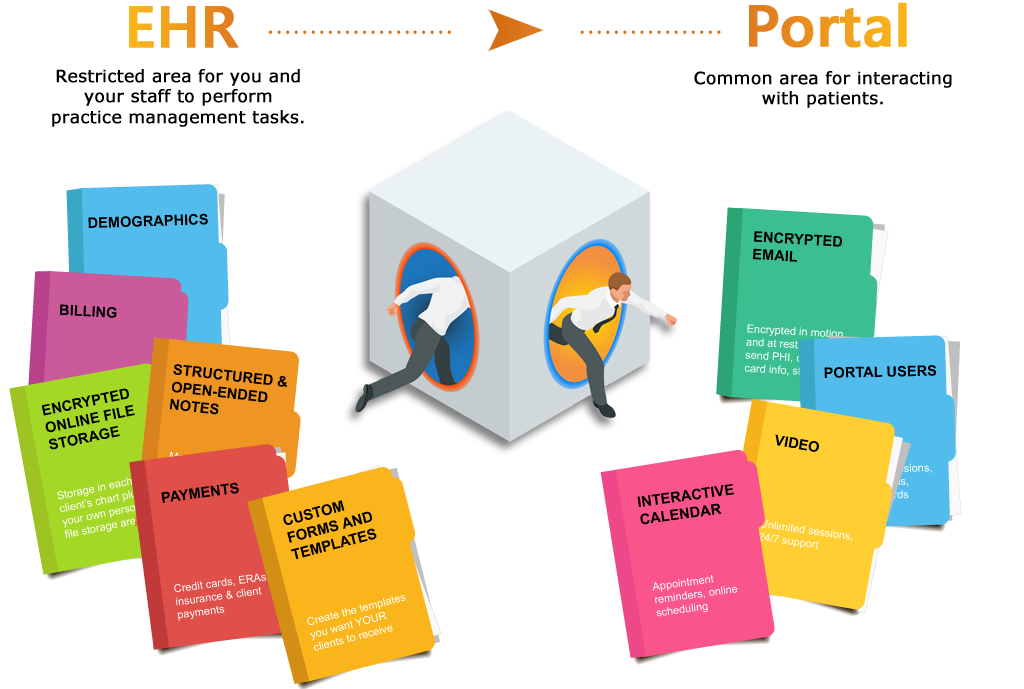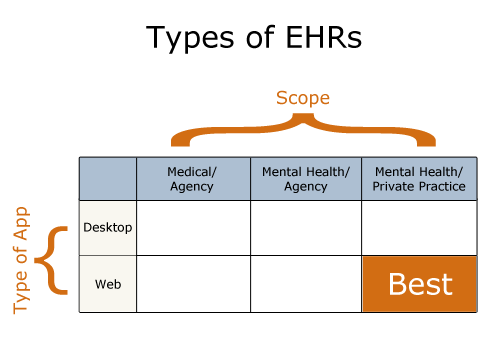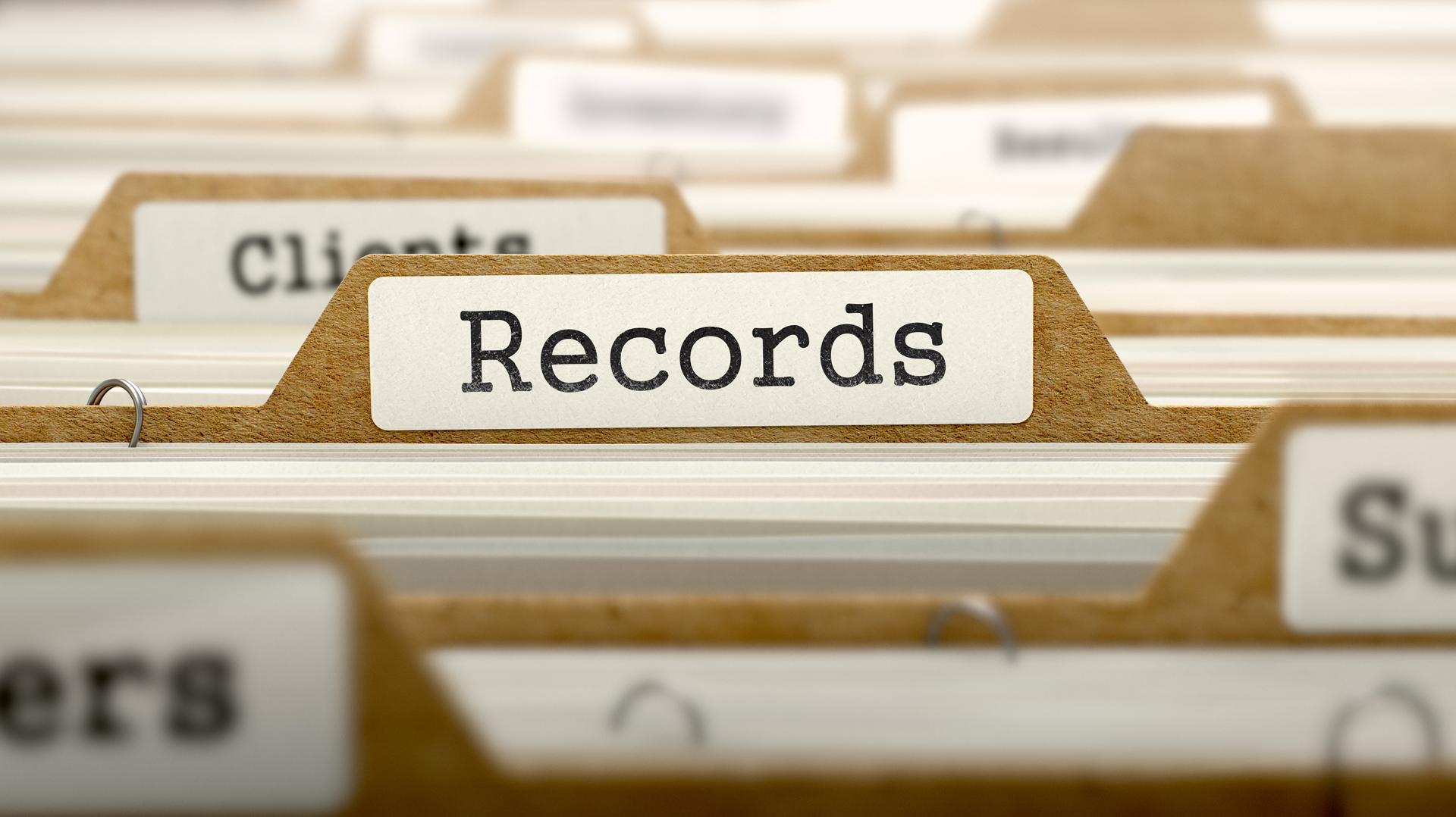What Will Happen to Your Clients?
Most of us have documents like a will, power of attorney and other estate planning instruments either already in place or at least on our “I’ll get to that eventually” list. Far fewer have given much thought to how we would want our clients to be taken care of in the case of our demise or anything else that would cause a sudden interruption in our ability to provide services.
